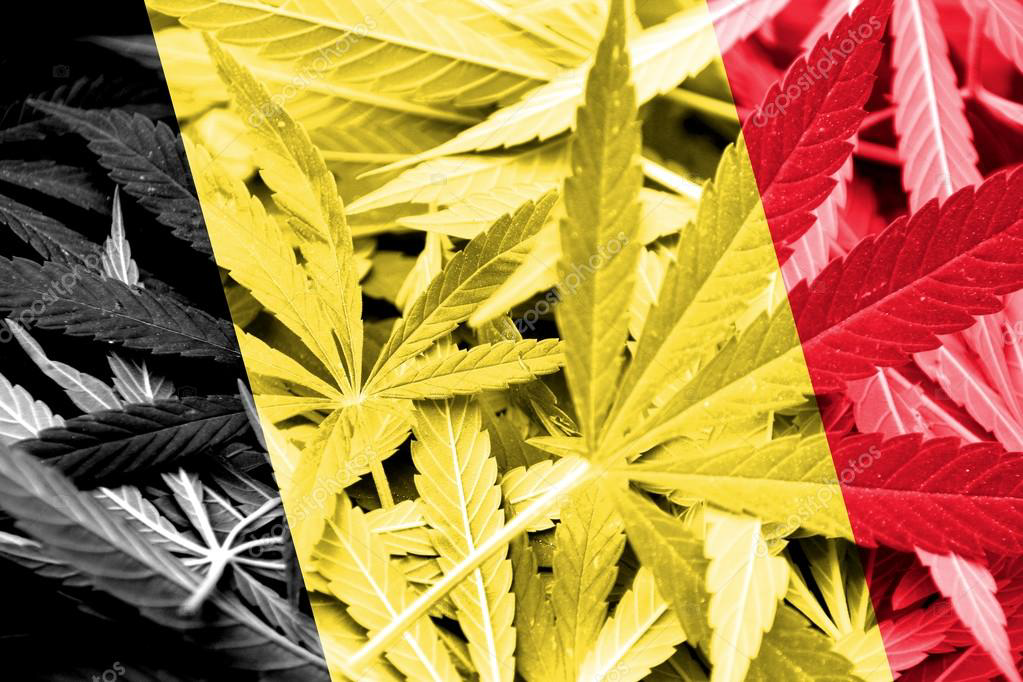
A Promising Crop Ripe for Belgian Expansion
Belgium has a long history of agricultural production, and its climate and soil conditions are favorable for a range of crops. However, in recent years, there has been a growing interest in the cultivation of hemp, a versatile and sustainable crop that has the potential to benefit farmers, the environment, and society at large. Hemp has been used for thousands of years for textiles, food, medicine, and other applications, and its many benefits are now being rediscovered.
In Belgium, there is a growing movement to harness the potential of hemp, and to establish a strong and sustainable hemp industry. This article will explore the benefits of hemp, the challenges and solutions for its cultivation and use, and the case for a Belgian Hemp Union that can help to build a stronger future for farmers, businesses, and communities.
The Benefits of Hemp: Economic, Environmental and Health
Hemp is a crop that has many advantages for farmers and communities. It is an easy crop to grow, requires little water or fertilizer, and can be grown in a variety of soil types. It also has a short growing cycle, which means that it can be planted and harvested quickly, allowing farmers to rotate crops and improve soil health.
Hemp has many economic benefits as well. It can be used to produce a variety of products, including textiles, paper, biofuels, construction materials, and food products. Hemp is also a high-value crop, with many potential markets and uses. Furthermore, it can provide farmers with a new source of income, especially in areas where traditional crops are no longer profitable.
Hemp also has many environmental benefits, including its ability to sequester carbon, improve soil health, and reduce the use of pesticides and herbicides. It is also an excellent source of biomass, which can be used to produce renewable energy and reduce dependence on fossil fuels. Additionally, hemp has many health benefits, including its use as a natural medicine and food supplement.
Challenges and Solutions for a Thriving Hemp Industry
Despite the many advantages of hemp, there are also challenges to its cultivation and use. One of the biggest challenges is the lack of infrastructure and processing facilities, which can make it difficult for farmers to turn their crops into products that can be sold. There is also a lack of knowledge and experience among farmers and other stakeholders, which can make it difficult to optimize yields and quality.
To address these challenges, there are several solutions that can be implemented. One solution is to establish a network of processing facilities and cooperatives that can help farmers to turn their crops into products. Another solution is to provide training and education to farmers and other stakeholders, so that they can optimize yields and quality. Finally, there is a need for research and development to explore new uses and applications for hemp, and to improve its cultivation practices.
Building a Stronger Future: The Case for a Belgian Hemp Union
To build a stronger and more sustainable hemp industry in Belgium, there is a need for collaboration and coordination among farmers, businesses, and communities. A Belgian Hemp Union can provide a platform for this collaboration, and can help to create a more cohesive and unified industry.
A Belgian Hemp Union could provide a range of services and support to its members, including advocacy, research and development, training and education, and marketing and promotion. It could also provide a forum for discussion and collaboration, allowing members to share knowledge, resources, and best practices.
In conclusion, the cultivation and use of hemp in Belgium has the potential to provide many economic, environmental, and health benefits. However, there are also challenges to its cultivation and use, which can be addressed through collaboration, coordination, and innovation. A Belgian Hemp Union can provide a platform for this collaboration, and can help to build a stronger and more sustainable hemp industry in Belgium.




